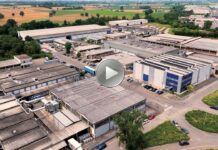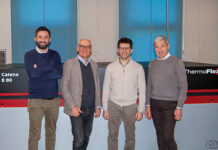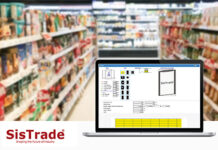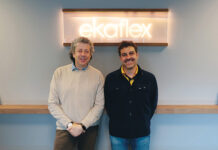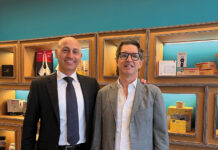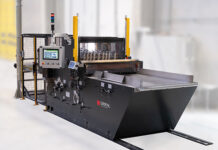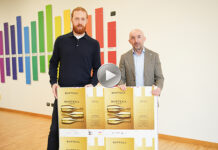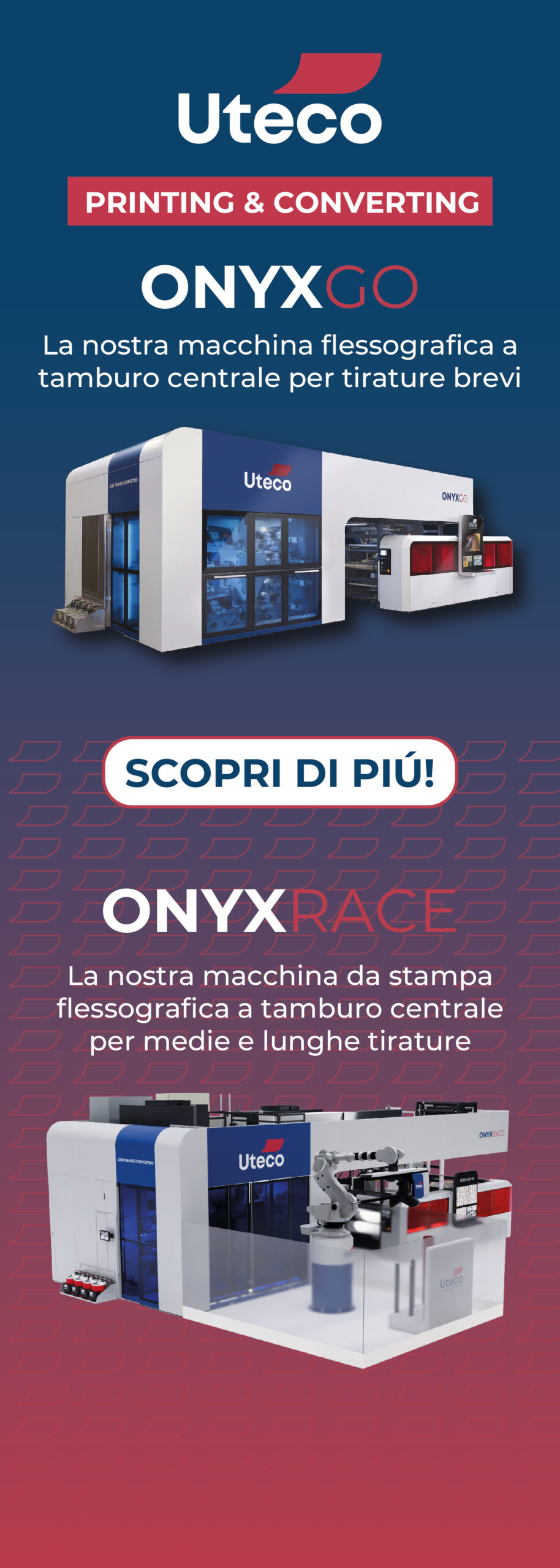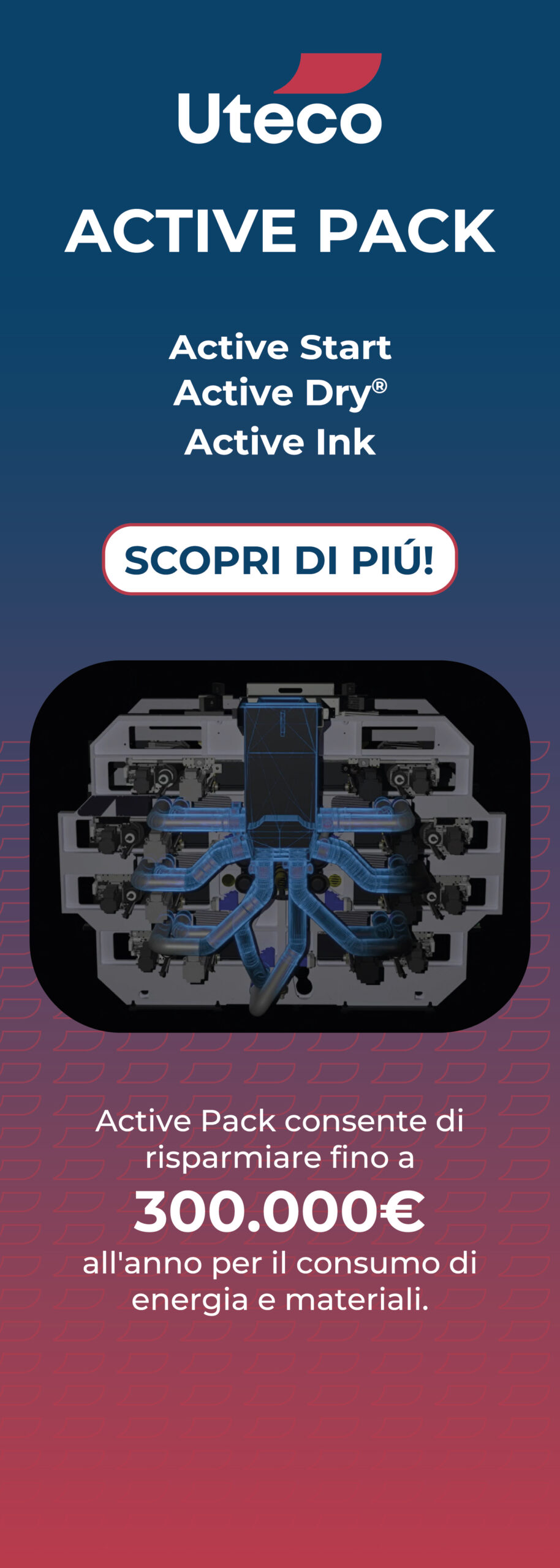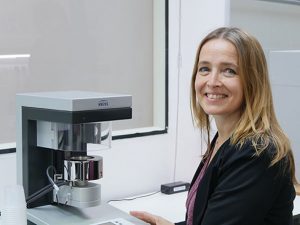 Many materials, when reduced to nano particle size, acquire unexpected properties. Some particles become super-hard, able to protect surfaces from abrasion; some become super-absorbent in the blood stream, enabling unique drug delivery systems. In the course of a decade of research, Landa observed that ink pigments, when reduced to nanometric scale, become unusually powerful colorants. On the basis of this discovery, Landa created Landa NanoInk® containing ultra-small pigment particles that are tens of nanometers in size – about one-half the size of pigment particles used in offset ink. Water-based Landa NanoInk® colorants are at the core of the Landa Nanographic Printing® Process and help make it a breakthrough printing technology.
Many materials, when reduced to nano particle size, acquire unexpected properties. Some particles become super-hard, able to protect surfaces from abrasion; some become super-absorbent in the blood stream, enabling unique drug delivery systems. In the course of a decade of research, Landa observed that ink pigments, when reduced to nanometric scale, become unusually powerful colorants. On the basis of this discovery, Landa created Landa NanoInk® containing ultra-small pigment particles that are tens of nanometers in size – about one-half the size of pigment particles used in offset ink. Water-based Landa NanoInk® colorants are at the core of the Landa Nanographic Printing® Process and help make it a breakthrough printing technology.
Let’s go to Landa Ink Lab and meet Betina Hansen, Print Testing Manager at Landa Digital Printing to get a clearer understanding of the impact of Landa NanoInk on commercial, publishing and packaging printing.
Landa NanoInk produces beautiful color images. What makes it so special?
“The secret of the vibrancy of a Landa printed image is the combination of Nanographic Printing® and Landa NanoInk®. Our NanoInk is remarkably unique as the ink isn’t only reliant on chemistry but the compounds that make up the physics of the ink. When the compounds are combined and reduced to nanoscale, they become unusually powerful colorants, producing deeper, richer colors”.
How does NanoInk stand up to the needs of food packaging?
“Considering all the components are suspended in water with no additional imaging oil or solvent, water-based Landa NanoInk is safe and environmentally friendly for packaging. To clarify the safety, we also did ink migration testing at accredited laboratories like SQTS in Europe and have received confirmation that Landa NanoInk is suitable for all indirect packaging. To top that, we have also received approval by the EU and FDA, Nestle Guidance Swiss Ordinance, and the California Proposition a65 and many other local and regional approvals”.
Many applications endure considerable stress during their lifecycle, and still Nanography® printed applications maintain their quality. Why is that?
“Packaged goods, books and magazines all undergo a lot of handling. It is critical that the ink remains unaffected displaying the beautiful colors and images. In our lab we challenge wear and tear to stand the highest durability and color stability. We push all limitations on ink stability, compatibility testing and the mechanical performance of our NanoInk as well as abrasion and peeling testing with an elaborate rub resistance test and block testing for light fastness of prints exposed to light”.
How sophisticated is your testing?
“Landa has invested in state-of-the-art tools in our testing labs. For lightfastness, we use a sun chamber in which we run tests for sunlight exposure via sun filter simulations and measure the results to the blue wool scale. Our results are excellent for over 6 months of direct desert sun exposure. The scientists and lab assistants I work with are experts in their field and are constantly setting us new metrics for testing”.





